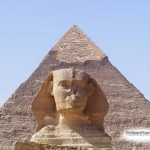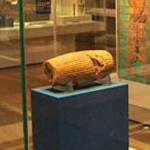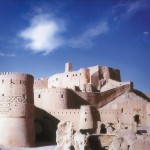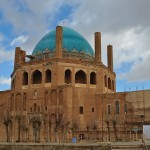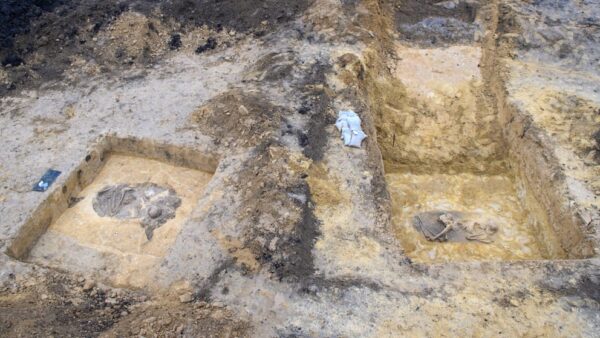 Extraordinary discovery during the construction of a New Power Line: Archaeologists unearth a cemetery from the Copper Age with Three Warrior Graves. One of the deceased even wore part of his armor.
Extraordinary discovery during the construction of a New Power Line: Archaeologists unearth a cemetery from the Copper Age with Three Warrior Graves. One of the deceased even wore part of his armor.
Archaeologists have discovered an approximately 4,500-year-old cemetery with ten graves from the Bell Beaker culture near Förderstedt, located in the Salzlandkreis district of Germany.
Currently, three particularly well-preserved burials have been uncovered. The deceased, buried in a hunched position facing east, were interred under a common burial mound. Women were laid on the right side, while men were on the left side of the body.
“A common burial mound covered all three deceased,” said project leader Susanne Friederich from the State Office for Heritage Preservation and Archaeology of Saxony-Anhalt.
In the Bell Beaker culture, the dead were always buried in a hunched position facing east. The name comes from the bell-shaped ceramic vessels that were filled with food and placed in the grave for the journey to the afterlife.
Among the most striking discoveries are the grave goods found within the tombs. In one grave, archaeologists unearthed a bell-shaped ceramic vessel, approximately 15 centimeters in diameter, filled with food to accompany the deceased on their journey to the afterlife.
At the time of burial, the deceased was still wearing his arm guard, which helps archers avoid injuring themselves with the bowstring. Photo: Klaus-Dietmar Gabbert/dpa
Extraordinary discovery during the construction of a New Power Line: Archaeologists unearth a cemetery from the Copper Age with Three Warrior Graves. One of the deceased even wore part of his armor.
Archaeologists have discovered an approximately 4,500-year-old cemetery with ten graves from the Bell Beaker culture near Förderstedt, located in the Salzlandkreis district of Germany.
Currently, three particularly well-preserved burials have been uncovered. The deceased, buried in a hunched position facing east, were interred under a common burial mound. Women were laid on the right side, while men were on the left side of the body.
“A common burial mound covered all three deceased,” said project leader Susanne Friederich from the State Office for Heritage Preservation and Archaeology of Saxony-Anhalt.
In the Bell Beaker culture, the dead were always buried in a hunched position facing east. The name comes from the bell-shaped ceramic vessels that were filled with food and placed in the grave for the journey to the afterlife.
Among the most striking discoveries are the grave goods found within the tombs. In one grave, archaeologists unearthed a bell-shaped ceramic vessel, approximately 15 centimeters in diameter, filled with food to accompany the deceased on their journey to the afterlife.



